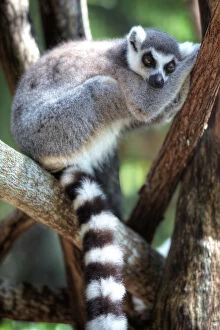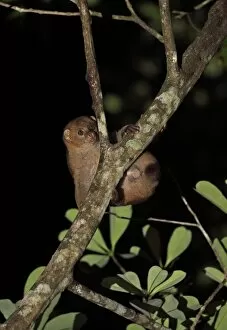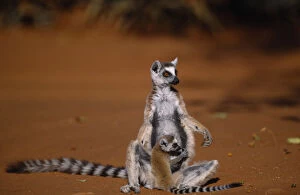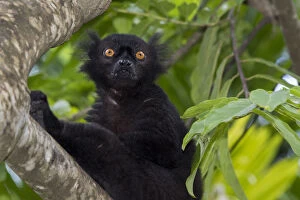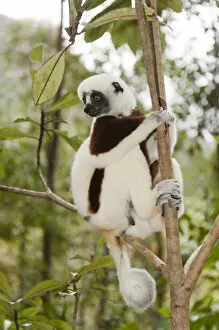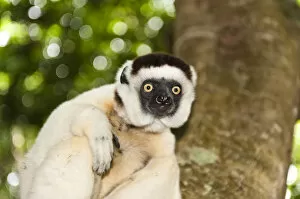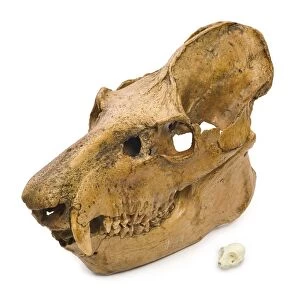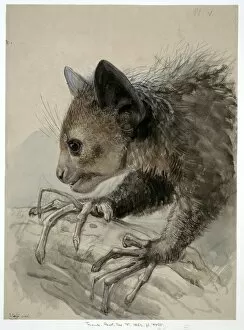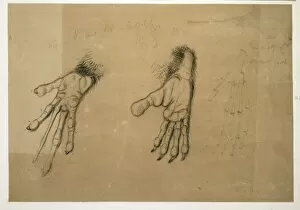Strepsirrhine Collection
Strepsirrhines, also known as prosimians, are a diverse group of primates found primarily in Madagascar and parts of Africa
For sale as Licensed Images
Choose your image, Select your licence and Download the media
Strepsirrhines, also known as prosimians, are a diverse group of primates found primarily in Madagascar and parts of Africa. These fascinating creatures display unique characteristics that set them apart from other primates. One such example is the sleepy ring-tailed lemur, a popular resident of the island of Madagascar. With its distinct black and white striped tail, this lemur can often be seen dozing off peacefully in the trees. In West Africa, we find the West African potto, an adult climbing on a branch at night in Ankasa Reserve, Ghana. Its large eyes help it navigate through the darkness as it searches for food. Madagascar is home to several other strepsirrhine species, including the wild black lemur and brown mouse lemur. These small primates inhabit different regions of the island but share their love for tree-dwelling lifestyles. The iconic aye-aye is another remarkable member of this primate group. Found exclusively in Madagascar's Masoala Peninsula and National Park, these nocturnal creatures have long fingers used to tap on trees and locate insects hiding within. Coquerel's sifaka or crowned sifaka is yet another stunning strepsirrhine species found near Andasibe in Madagascar. The male sifakas can be seen sitting gracefully on branches with their curled tails adding to their majestic appearance. These captivating images captured by EyeUbiquitous showcase just some strepsirrhines' incredible diversity and adaptability across various habitats. From sleepy lemurs to agile climbers like potto and curious aye-ayes exploring palm fronds – each species contributes to our understanding of primate evolution while reminding us how precious these animals are to our planet's biodiversity.

